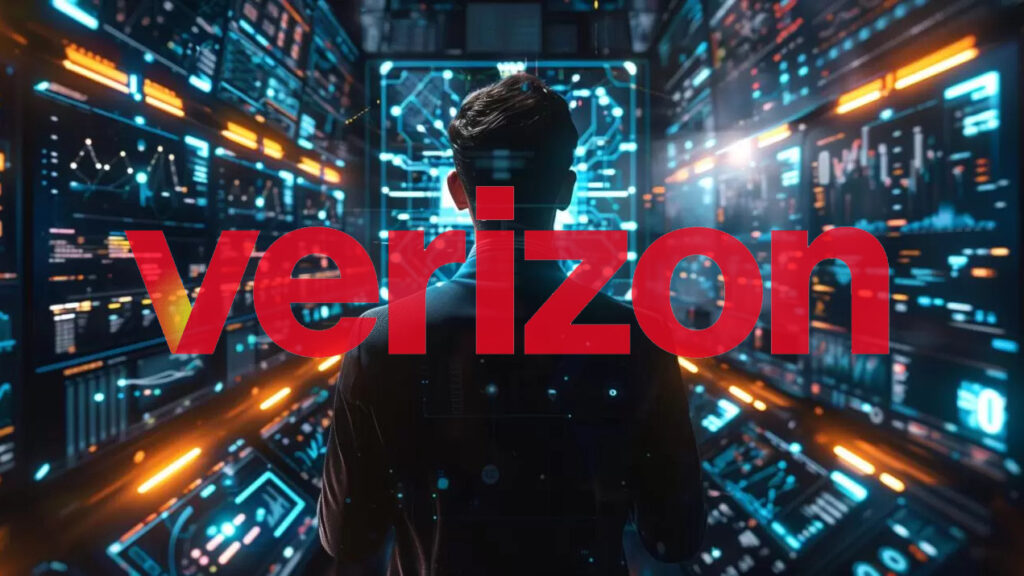On January 16, 2017, the Arroyo del Medio river, north of Buenos Aires in Argentina, broke its banks, forcing three quarters of the village of La Emilia to evacuate their homes. This was after local authorities had already constructed retaining dikes to avoid flooding, after heavy rainfall had previously forced people from their homes and even caused deaths.
The dikes had collapsed, and the village had become like a “swimming pool”, with roads and railways completely cut off. The local government took action again, by increasing the height of the dikes and implementing an internet-of-things (IoT) based early warning system for flooding of the river basin.
IoT sensors were installed along the river, from the mouth of the river, with special emphasis on the riverside municipalities. The Water Authority of the Province of Buenos Aires, also required a permanent water monitoring system, not only for risk alerts but also to produce a satisfactory water flow, to control and record its behavior.
A wireless sensor platform by Spanish IoT firm Libelium was installed in four different locations in order to monitor the river, at La Emilia, Puente Figueredo and Conesa in the province of Buenos Aires, and at Peyrano in Santa Fe. Rack2, Libelium’s distributor in Argentina, took charge of the deployment.
Subscribe now to get the daily newsletter from RCR Wireless News
Rack2 deployed a private LoRaWAN network as the principal communication protocol for those municipalities where telecommunication infrastructure was not stable enough, and LTE as a redundant communication protocol.
An ultrasound sensor measures the distance to the surface of water, by emitting ultrasonic waves, which rebound in the water and shows the distance between the node and the water. Sensors are also collecting information about temperature, relative humidity, air pressure, rainfall, wind speed, and wind direction.
Data is gathered and analysed in Rack2′s Sense2Cloud platform.
The project does not have a financial return on investment itself, its architects have said, but instead offers political and social impact for the community. Marcelo Silvestri, chief executive of Rack2, commented: “Monitoring the river is essential; the possibility of preventing risks and informing the population thanks to the early warning system offers optimal results.”

